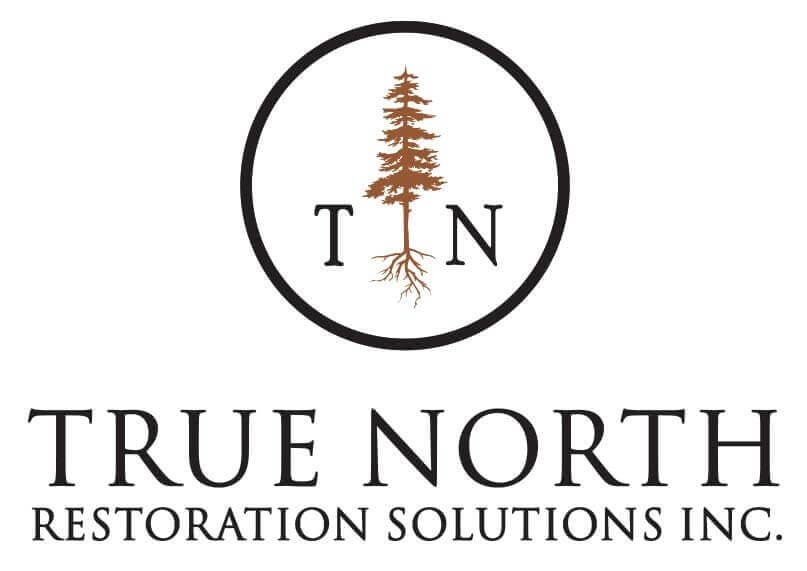Log Home Waterproofing: Safeguarding Your Investment
Log homes exude a timeless charm and natural allure, but without proper protection, they can succumb to moisture damage and structural decay. Log home waterproofing stands as a crucial pillar in the preservation of your investment, ensuring longevity and aesthetic appeal. In this extensive guide, we delve deep into the realm of log home waterproofing, exploring the finest sealants, effective weatherproofing techniques, proactive measures, and addressing common concerns with insightful FAQs.
Understanding Log Home Waterproofing:
Log home waterproofing epitomizes the process of applying specialized coatings and sealants to the exterior surfaces of logs, forming an impervious barrier against moisture intrusion. Moisture, the arch-nemesis of log homes, can foster rot, mold, insect infestation, and structural compromise if left unchecked. Through meticulous waterproofing, we not only extend the lifespan of our log dwellings but also preserve their inherent charm and structural integrity for generations to come.
The Best Sealants for Log Cabins:
Selecting the optimal sealant constitutes a pivotal decision in the journey of log home waterproofing. Silicone-based sealants offer unparalleled flexibility and durability, excelling in sealing gaps and cracks in log homes. Acrylic-based sealants, prized for their ease of application and commendable adhesion to wood surfaces, form a protective shield against moisture infiltration. Epoxy-based sealants, renowned for exceptional durability, provide a robust defense against water infiltration and offer an enduring solution to structural vulnerabilities.
Should You Seal a Log Home?
The resounding answer is yes! Sealing a log home emerges as a non-negotiable imperative in shielding it from the ravages of moisture-induced damage. Properly sealed logs stand resilient against rot, decay, and pest infestation, preserving the sanctity and longevity of our cherished abodes.
Mastering the Art of Log Home Weatherproofing:
Weatherproofing logs entails a meticulous process aimed at fortifying them against nature’s fury. Commence by meticulously cleansing the logs to expunge dirt, debris, and remnants of old sealant. Smoothen the surface through diligent sanding to optimize adhesion and ensure a seamless finish. Employ brushes, rollers, or sprayers to apply the sealant uniformly across the log surfaces. Pay heed to vulnerable areas such as corners, joints, and seams, ensuring comprehensive coverage. Exercise patience as you allow the sealant to dry and cure in accordance with the manufacturer’s directives before subjecting it to moisture exposure.
Deciphering the Optimal Treatment for Log Cabins:
The quest for the ideal treatment for log cabins hinges on diverse factors, including climate, wood type, and personal predilection. However, some efficacious treatments encompass application of high-quality wood preservatives to combat rot and decay. Employing UV-resistant stains or finishes augments the wood’s innate splendor while shielding it from solar degradation.
Halting Log Cabin Leaks in Their Tracks:
To prevent log cabin leaks, conduct a meticulous inspection of the cabin’s exterior to detect signs of water infiltration, such as stains or discoloration. Effectuate repairs on any compromised logs, caulking, or sealant. Ensure that the roofing system, gutters, and downspouts function optimally, diverting water away from the cabin’s confines.
FAQs on Log Home Waterproofing:
What is the best sealant for a log cabin?
The best sealant for a log cabin depends on various factors such as climate, wood type, and personal preference. Silicone-based sealants offer excellent flexibility and durability, making them ideal for sealing gaps and cracks in log homes. Acrylic-based sealants are easy to apply and provide good adhesion to wood surfaces, while epoxy-based sealants offer exceptional durability and protection against water infiltration.
Should you seal a log home?
Yes, sealing a log home is essential for protecting it from moisture damage and preserving its structural integrity. Properly sealed logs are less susceptible to rot, decay, and insect infestations, ensuring the longevity of your log home.
How do you weatherproof logs?
Weatherproofing logs involves several steps to ensure maximum protection against the elements. Start by cleaning the logs to remove dirt, debris, and old sealant. Sand the surface to smooth out any rough spots. Then, apply a sealant using a brush, roller, or sprayer, paying special attention to areas prone to water intrusion such as corners, joints, and seams. Allow the sealant to dry and cure according to the manufacturer’s instructions.
What is the best treatment for a log cabin?
The best treatment for a log cabin depends on factors such as climate, wood type, and personal preference. However, some effective treatments include applying a high-quality wood preservative to protect against rot, decay, and log home mold and using a UV-resistant stain or finish to enhance the wood’s natural beauty and protect it from sun damage.
How do I stop my log cabin from leaking?
To stop your log cabin from leaking, inspect the log home exterior for signs of water damage such as stains or discoloration. Repair any damaged or deteriorated logs, caulking, or sealant. Ensure that the roof, gutters, and downspouts are in good condition and effectively diverting water away from the cabin. Regular maintenance and prompt repairs are key to preventing leaks and maintaining the integrity of your log cabin.
Safeguarding Your Log Home, Ensuring Longevity
Log home waterproofing emerges as an indispensable facet of stewardship, safeguarding our dwellings against the relentless onslaught of moisture and environmental elements. With the right sealants, techniques, and proactive measures, you can fortify your log home against the passage of time, preserving its beauty and structural integrity for generations to come.
